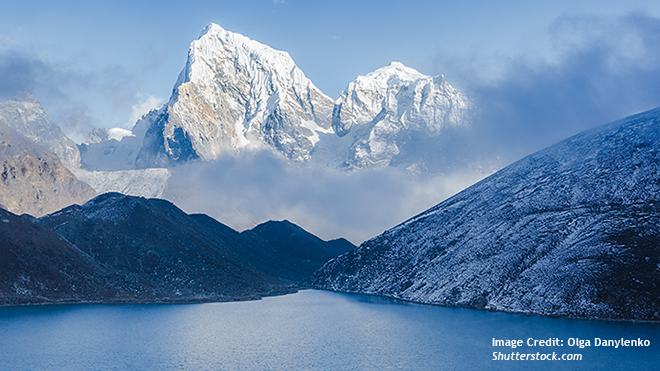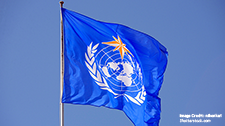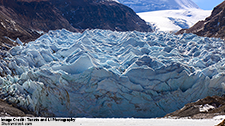Report of the Webinar on Dam Construction & Tibet as a Hydropower Zone: Implications on Tibet’s Climate Crisis? (Climate Crisis in Tibet-II)

Antonina Luszczykiewicz-Mendis, John Jones, Medha Bisht, Dechen Palmo, Anna Hayes, Jagannath Panda, Toby Logan, Giulia Saccone and Mariya Krupach
This webinar, organized by the SCSA-IPA at the Institute for Security and Development Policy (ISDP), was held on January 20, 2025. It is the second in a series on the Climate Crisis in Tibet, which sought to address China’s key hydropower projects in the region. This webinar analyzed the number of “Super-Dams” impacting the Tibetan Plateau, alongside the rivers affected, those involved, and what havoc this would bring to the Himalayan region and beyond. It considered the ecological impact, China’s weaponization of natural resources, and how the international community should respond.
The webinar sought to discuss the following key questions:
- What are China’s key hydropower projects? How many of these are mega dams? Which rivers originating from the Tibetan Plateau will be impacted?
- What is the projected and actual scope and ambit of these initiatives? More importantly, what are the ecological effects on wildlife and on biodiversity?
- Are other countries in South and Southeast Asia partnering with China? Which countries are involved? And, why are they involved?
- To what extent has China already weaponized water as a critical resource? What can be done to control this weaponization?
- What are the regional and global implications of both China’s damming and its developing Tibet as a hydropower zone?
- How can awareness about the projects and their impact be increased among the international community? What must the world take note of?
- How can international forums, including UN-led multilateral forums like the UNFCCC, contribute to stemming over-damming of trans-boundary rivers?
Related Publications
-
Cascading Effects: Will China’s New Dam Create A Himalayan Rift?
In mid-December, China marked the thirtieth anniversary of the official inauguration of the Three Gorges Dam on the Yangtze River, the world’s largest hydroelectric project (in terms of installed capacity). Notwithstanding the decades-long […]
-
Repurposing the United Nations to Address the Climate Crisis on the Tibetan Plateau
The futures of people along China’s western frontier changed dramatically with the annexation of Xinjiang in 1949 and Tibet in 1950. When Communist China emerged from decades of isolation in […]
-
Going for Gold on the Tibetan Frontier
In 2025, China is hungrier than ever for gold, as an abiding holder of accumulated wealth, in a time when even the biggest Chinese real estate builders, tech entrepreneurs, exam […]
-
COP30: Time for Action on the Himalayan Region
The Himalayas have faced unprecedented ecological, weather-related, and geotectonic disasters, exacerbated by human activity, disrupting ecosystems and local livelihoods. Despite these pressing issues, international climate discussions, particularly at COP29, largely […]
-
PRC Mining in Tibet – a European Perspective
Given the enormous geostrategic and environmental importance of the Tibetan Plateau, what the People’s Republic of China (PRC) does with Tibet’s waters and its minerals does not concern the PRC […]




